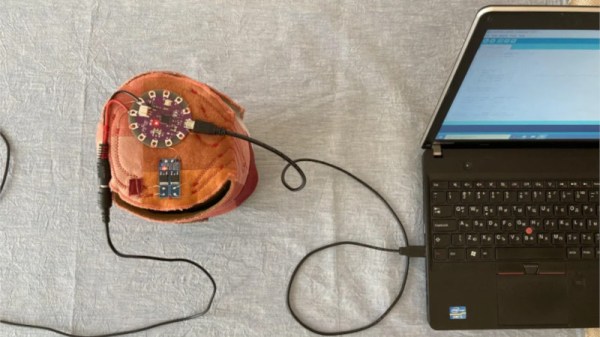Fermentation is a natural process that has been exploited by humanity for millennia. Behind such favorites as cheese and beer, it takes just the right conditions to get the desired results. To aid in this process, and to explore the crafts of their ancestors, [Victoria] and [Petar] created an electronic fermentation quilt.

Anyone familiar with breadmaking will be familiar with throwing a cloth over dough when left to rest. This is all about temperature management, providing optimum conditions for the yeast to work their magic. This fermentation quilt takes things to the next level, integrating soft heater pads and temperature sensing hardware into the fabric itself. Rather than acting as a simple insulator, the quilt can actively supply heat where needed, switching off when reaching the set temperature. In this example, the quilt is set to maintain a temperature of 45 degrees for the optimum production of Bulgarian yogurt.
The fermentation quilt serves as an excellent example of what can be achieved when combining textiles with smart electronics. Tools like Adafruit’s Lilypad and conductive thread all come together to make this a functional and useful device, and shows that electronic textiles aren’t just limited to blinky wearables.
Fermentation is a popular topic among hackers, with [Trent Fehl]’s Supercon talk at the 2019 Supercon covering similar ground from a sourdough perspective. It goes to show that hardware skills can pay off in the kitchen, too!













